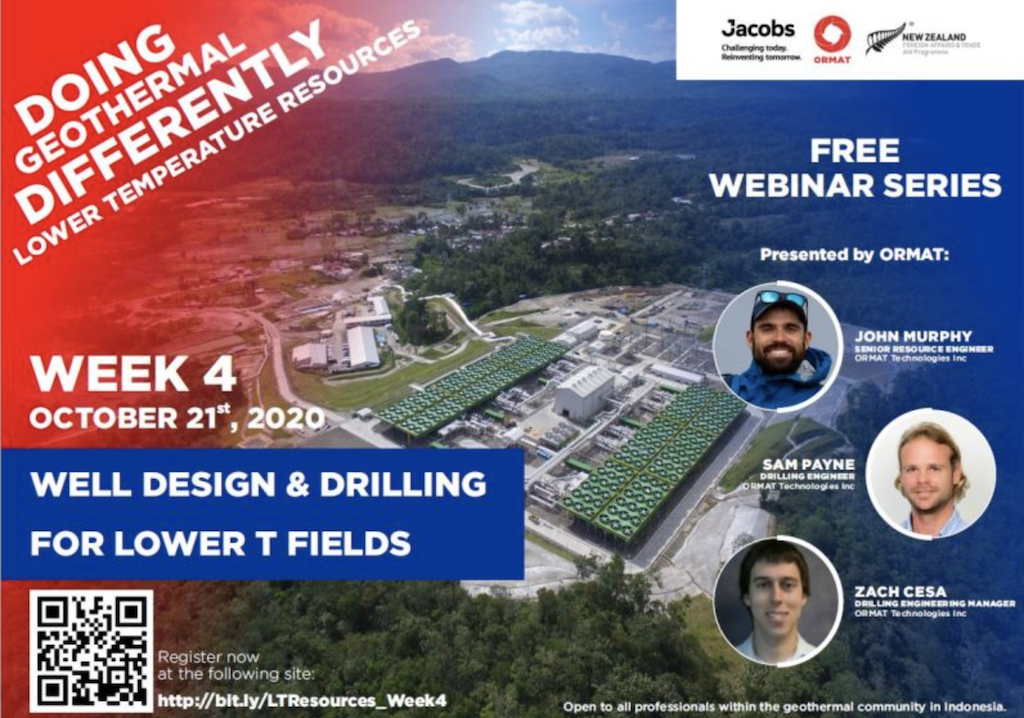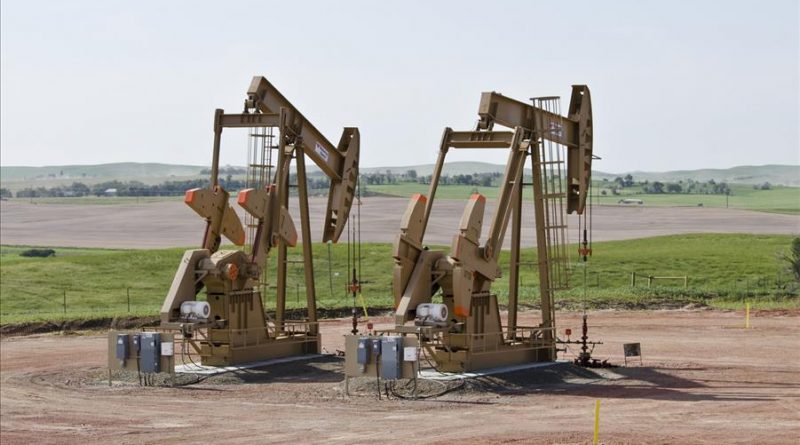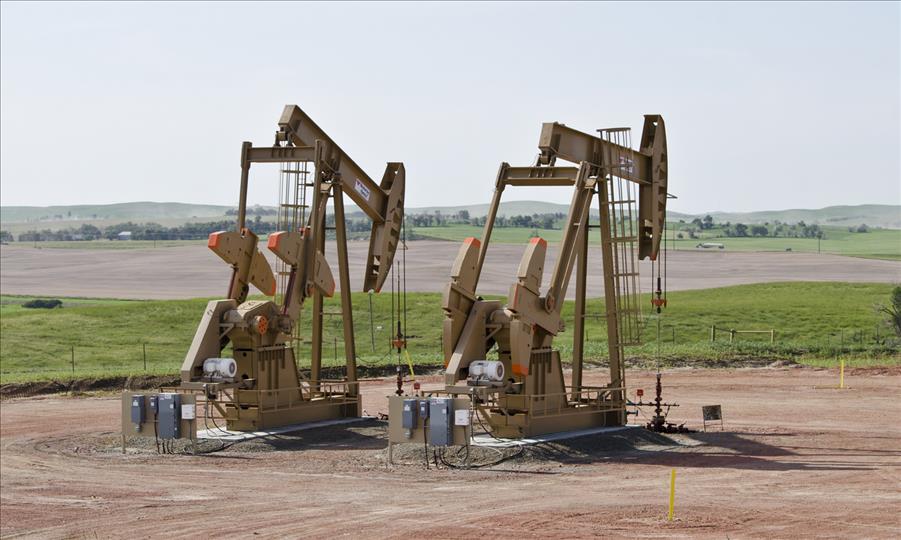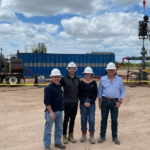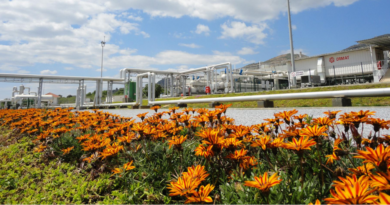Open Letter to the oil patch – let’s build (geothermal) together
Energy Disrupter
There are great opportunities for the oil and gas sector and the geothermal sector to work together on geothermal energy development, so Joseph Scherer and John Muir in an open letter to the oil patch, published on the HeatBeat blog.
In an Open Letter to the oil patch, Joseph Scherer and John Muir of GreenFire Energy, shared on the HeatBeat blog by Jamie Beard, encourages the oil and gas sector to join forces with geothermal to develop geothermal energy resources.
In an article in support of geothermal energy, the Union of Concerned Scientists noted that the amount of available geothermal energy beneath our feet is 50,000 times more than the global total of oil and natural gas resources combined. Interesting, right? Put another way, the oil and gas industry has powered the world over the last centuries on the much smaller of our two subsurface resources – hydrocarbons and heat. Further, a groundbreaking and visionary study published by MIT entitled “The Future of Geothermal Energy” concluded that exploiting known geothermal resources could yield the equivalent of all current US energy requirements for the next 2000 years and that “with technology improvements, the economically extractable amount of useful energy could increase by a factor of 10 or more.” The MIT study was published in 2006, and since the publication date, it would be difficult to overstate the significance of relevant and enabling technology improvements that have occurred in the oil and gas industry – technology improvements so disruptive that over the past decade they have managed to rearrange global geopolitics and propel the US into energy independence.
But paradoxically, current global geothermal energy use lags far behind other energy sources, with geothermal comprising only 1% of overall energy production. The disproportionate use of this enormous, ubiquitous, clean and baseload source of energy is largely the result of a lack of technology transfer and expertise from the oil and gas industry needed to unlock deep and very hot resources. Only two percent of global geothermal resources can be accessed with technologies currently utilized by the geothermal industry.
The small and geographically constrained geothermal industry resembles the oil and gas industry of the early 1900’s, where only a fraction of the resource could be tapped with existing technologies, and only areas where ‘black gold’ and obvious signs of oil and gas existed at the surface were developed. Geothermal energy has evolved over the past century in much the same way, where geysers, steam vents, hot spots and other obvious surface signs of geothermal energy have been developed, but the resources that are not visible have been largely ignored. A study by the USGS concluded that at least 70% of global geothermal resources are yet to be discovered. And the fact of the matter is, virtually anywhere in the world if you drill far enough, you reach boiling, even supercritical temperatures.
With such a large resource available to meet the world’s swiftly increasing demand for clean, baseload and reliable energy, one would expect a booming geothermal industry. Nearly the opposite is true. The geothermal industry is too small and undercapitalized to overcome the technical hurdles that prevent it from expanding outside of its narrow confines and geographical limitations. Further, there is an insufficient volume of business to justify the R&D investments needed to get to the next level. Many business models for the largest geothermal players in the world involve further development of hydrothermal resources in limited geographical locations.
You may be wondering at this point – why hasn’t the oil and gas industry engaged in this space if the resource is so large? It’s been a straightforward business calculation. Hydrocarbons are the incumbent, and up until recently, oil and gas prices were comfortably high. Looking at this problem from the perspective of an oil and gas company, why would you divert your best geophysicists, petroleum engineers and geoscientists into geothermal energy problems when you need them for oil and gas? In seeking to diversify, oil and gas companies instead decided it would be easier to invest in traditional renewables like solar and wind and hire all new teams with the correct expertise, rather than to divert their most valuable human resources away from their core business. Times were good, and the ship sailed on.
A few pieces of this picture have changed – and dramatically so – over the past months. A majority of IOCs have made aggressive carbon neutrality commitments, and the clock is ticking. A wave of climate concern has seized global public consciousness, and hydrocarbon divestment movements have gained traction. The price of renewables has steadily decreased as they become commoditized and have benefited from decades of government subsidy, favorable regulatory conditions, and public support. And of significant consequence, demand destruction for oil and gas due to COVID-19 has had a devastating impact on the oil and gas workforce.
Now that many of those highly valuable boom time geophysicists, petroleum engineers and geoscientists in the oil and gas industry are more available – let’s grab this opportunity to collaborate and kick off a Green Drilling Boom.
Geothermal energy production is a global opportunity. There are known geothermal resources on every continent, including Antarctica. Geothermal energy is tantalizingly close at all points on earth. At 10km of depth, just about every point on earth has sufficient heat for power generation. The oil and gas industry has the expertise, technologies, scale, resources, and the skilled workforce necessary to reinvent the geothermal industry and to build it into a vibrant and substantial – if not dominant – participant in the global energy portfolio. At the highest level, the geothermal industry and the oil & gas industry are essentially the same business. You explore for energy. You drill wells to extract fluids containing energy, transform that energy into a more useful form, and then distribute energy for the benefit of society. We are simply trading one energy asset for another.
Active collaboration with oil and gas companies is essential to developing the nascent “scalable” geothermal technologies that will overcome the problems that currently limit geothermal development. Chief among those geothermal technologies where oil and gas expertise is directly applicable are closed-loop systems. A closed-loop system is essentially a large-scale subterranean heat exchanger that circulates fluids to move heat from the subsurface to the surface. A closed-loop system eliminates the need for natural permeability and large volumes of water (as required by open to reservoir systems such as hydrothermal and EGS). Closed-loop systems require only high-quality heat and will enable the industry to expand at global scale into the hot dry rock that comprises the bulk of world geothermal resources.
The transition to closed-loop geothermal energy systems requires technology transfer and improvement in several oil and gas specialties. Among them are
- Cost of drilling: drilling represents more than 50% of the cost of a closed- loop well. Reductions in the cost of drilling deep wells in hot rocks are critical for competitive power generation.
- Large diameter wells: power generally increases with flow rate, so geothermal wells require larger diameters than most oil and gas wells. Leveraging work done in industry in monodiameter wells and expandable tubulars is of great interest.
- Advanced completion methods: accurately and securely joining pipes drilled from different directions and at high temperatures is essential.
- Measurement while drilling: requires heat resistant MWD tools to allow for completion of closed-loop systems at depth and in high temperatures.
- Durability: well casings, cements, and joints must maintain their integrity over long geothermal project cycles of 30+ years despite high temperatures and pressures, which can vary over time.
- Everything HPHT: all industry learning in this space would have immediate impact in the geothermal context.
Some compelling concepts to explore between the geothermal and hydrocarbon industries: 1) Repurposing hot but exhausted oil and gas wells to geothermal power generating wells. This approach also postpones or eliminates abandonment costs and liabilities; 2) Portfolio stability, predictable cash flow and insulation from the boom and bust cycle of hydrocarbons, price manipulation and global geopolitics, while leveraging industry core competencies – exploration, drilling and production; 3) the superior environmental properties of closed-loop geothermal projects (avoiding the visual blight and significant footprints of utility scale solar and wind developments, and lack of the subsurface fluid discharges, seismicity risk and surface emissions associated with EGS) would provide a straightforward and quickly implementable path to carbon neutrality, while leveraging industry core competencies.
Importantly, geothermal energy is now breaking out of its single-purpose business model. New applications for geothermal energy are continuously being developed and include; 1) extraction of strategic minerals such as lithium; 2) zero carbon production of green hydrogen and water desalination; 3) energy storage for grid stability; 4) direct heating for urban districts, universities, company campuses; and 5) provision of heat for high-temperature industrial processes.
Let’s build this future together. There is immense opportunity for very fast global impact in this recent convergence of events. With the right strategy and robust collaboration, we can beat 2050. Who’s in?
Joseph.Scherer@greenfireenergy.com
Joseph Scherer is President and CEO of GreenFire Energy. Prior to GreenFire, Joe was a Partner in Cooley LLP in San Francisco, where he headed the Credit Finance Practice Group. He is an expert in a wide range of equity and debt financings for technology companies and their financing sources, including venture capital funds, buyout funds, family funds, investment banks and commercial banks.
John Muir is a Founder of GreenFire Energy and currently Senior Vice President of Business Development where he manages strategic relationships and marketing. After 30 years of building cyber security companies, he was attracted to the challenge of making global geothermal energy a major force in combatting climate change.
Source: Post on HeatBeat.energy

